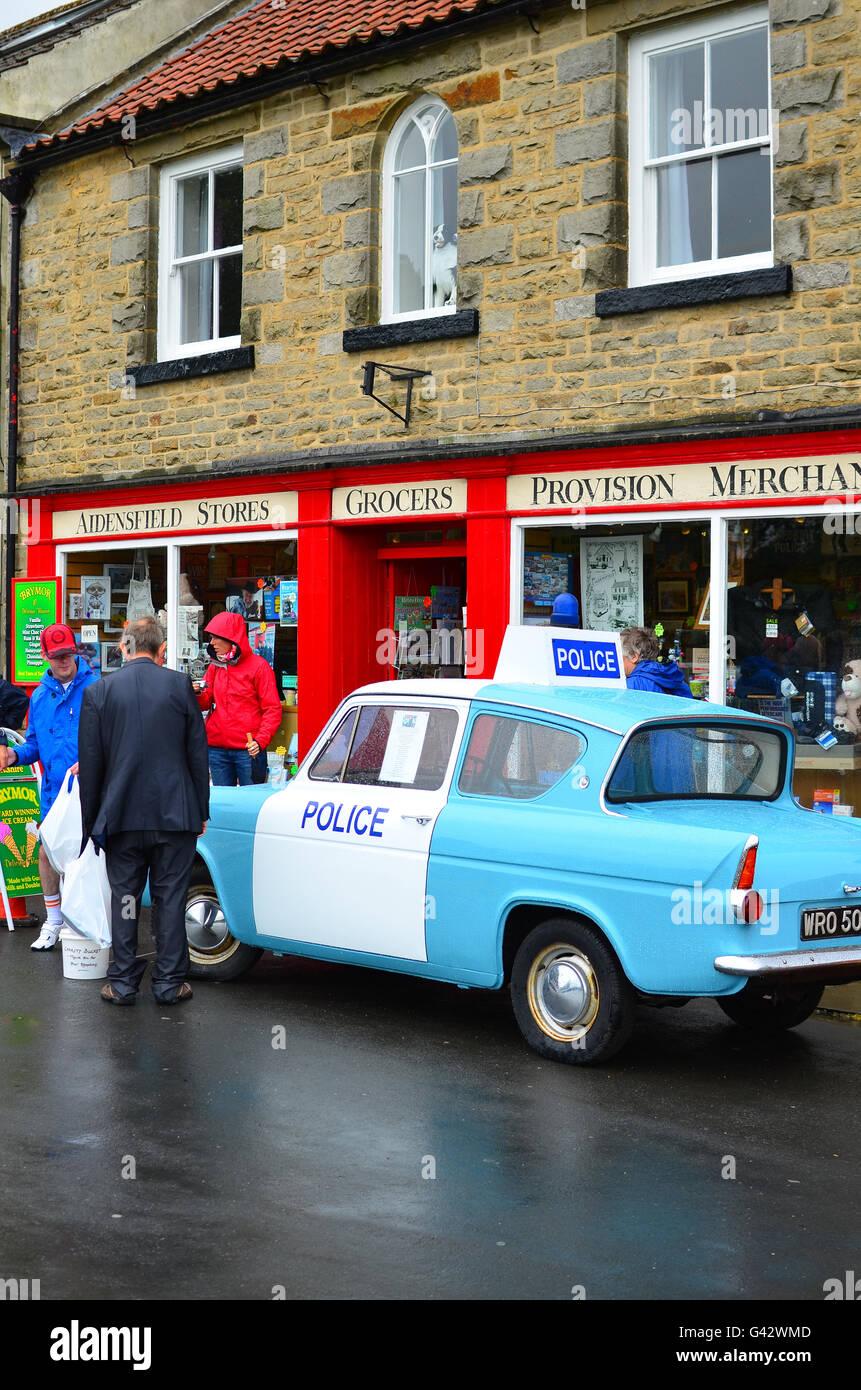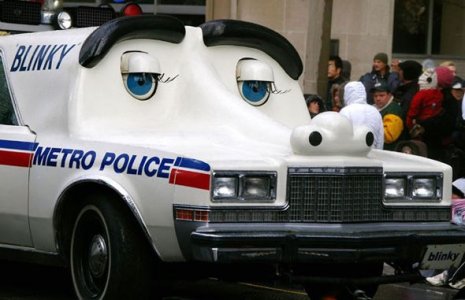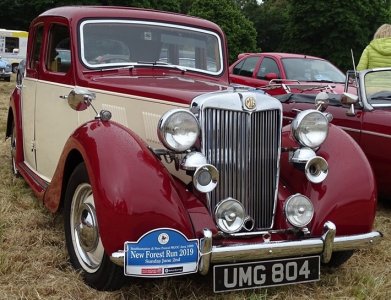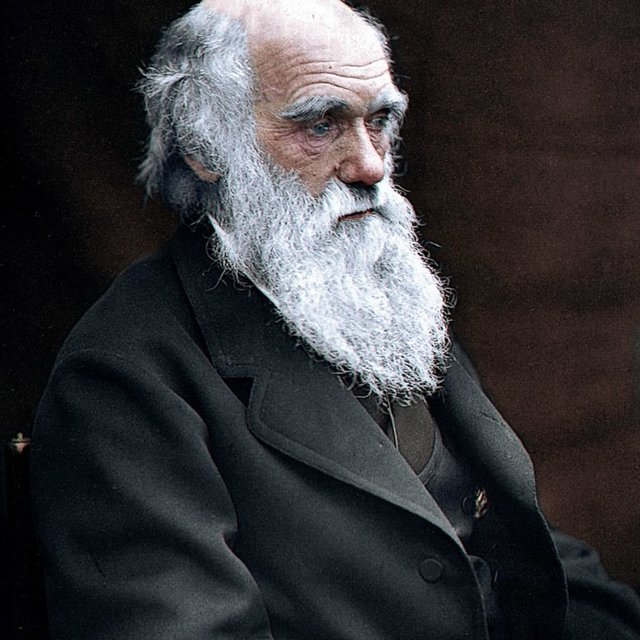Petticoat Lane is one of London's oldest street markets, situated on the border of the City and the East End of London. The market arrived here in the late eighteenth century when 'old clothes' traders, principally Jewish, moved eastwards from an earlier base at Houndsditch. What is now Middlesex Street was Hog Lane until the late sixteenth century, then Petticoat Lane (referring to prostitution not clothes-selling), until after 1800, but the market, which has long extended to and principally survives on Wentworth Street, is still known locally as Petticoat Lane or more often just as 'The Lane'.
The market stretched across the area, spreading into many side streets and small alleyways off Middlesex Street and Wentworth Street. From the 1840's onwards Petticoat Lane came to be celebrated as the Great Jewish Market and was held every Sunday. (Saturday being the Jewish Sabbath.)
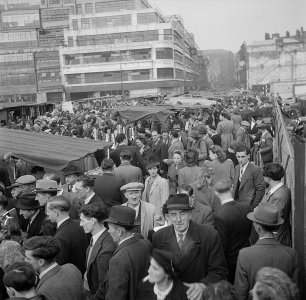
1950's Petticoat Lane.
Every year in August, the streets of Notting Hill in West London are transformed by the world’s second largest street carnival. This annual expression of identity began with the Windrush Generation, Caribbean people who, from 1948, came to help rebuild post-war Britain.
Those who settled in Notting Hill faced racism and violence. So activists fought back, organising events to unite people. At an outdoor festival in 1966, a steel band drew a crowd as they roamed through the streets. By the 1970's, Caribbean masquerade traditions provided the mesmerising costumes, while soca, calypso,
dub and reggae gave carnival its thumping soundtrack.
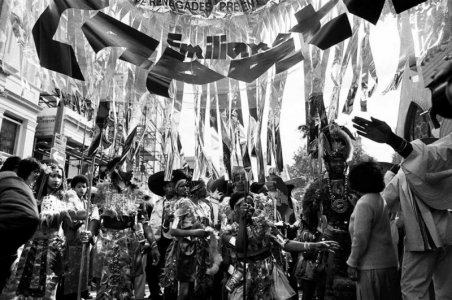
Notting Hill Carnival late 1960's.



